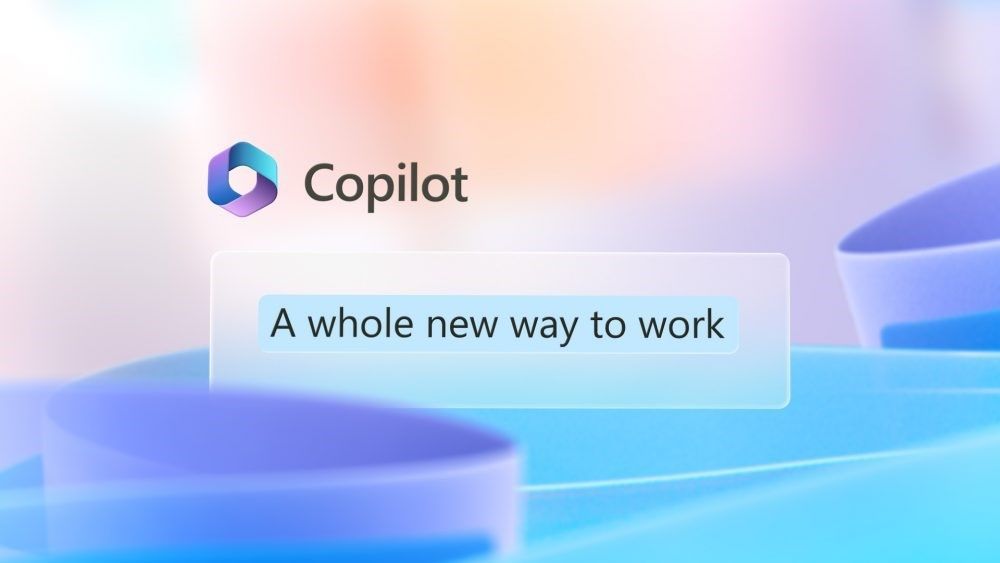Microsoft Licensing Explained: A Non-Technical Guide for Finance Directors
If you're a Finance Director or CFO, Microsoft licensing is probably not your favourite topic.
It's confusing. It's full of acronyms. And frankly, it's hard to know whether you're getting good value or being taken for a ride.
This guide cuts through the jargon to explain what you actually need to know about Microsoft licensing from a financial perspective—without requiring any technical knowledge.

Why Finance Directors Need to Understand Microsoft Licensing
Microsoft cloud services (Microsoft 365 and Azure) likely represent one of your largest IT expenditures. For a 200-person organisation, annual spend typically ranges from £60,000 to £150,000+.
Yet many Finance Directors we speak with have limited visibility into:
- What they're actually paying for
- Whether the pricing is competitive
- How to optimise costs without impacting operations
- What contract flexibility exists
This lack of clarity creates three problems:
- Budget uncertainty (costs can spiral unpredictably)
- Wasted spend (paying for unused or unnecessary services)
- Poor negotiating position (not knowing what's possible)
Let's fix that.
The Three Microsoft Licensing Models You Need to Know
Think of these as different ways to buy the same Microsoft services—each with different pricing, flexibility, and commitment levels.
1. Direct (Buying Straight from Microsoft)
How it works: You purchase directly from Microsoft through their website or sales team.
Pricing: Standard retail rates (the most expensive option)
Contract: Usually monthly or annual
Best for: Very small businesses (under 10 employees) or those who want minimal vendor relationships
Financial implications:
- Highest per-unit cost
- No volume discounts
- Limited support beyond Microsoft's standard offering
- Simple but expensive
2. Enterprise Agreement (EA)
How it works: A volume licensing programme for larger organisations. You commit to a certain quantity of licences for 1-3 years.
Pricing: Discounted from retail, based on commitment size
Contract: 1-3 year commitment with upfront or annual payments
Best for: Large, stable organisations (500+ employees) with predictable needs
Financial implications:
- Better per-unit pricing than direct
- Requires large upfront or annual commitment
- Inflexible (you're locked into quantities)
- Early termination penalties
- Good for stable, large organisations; problematic for growing or changing businesses
3. Cloud Solution Provider (CSP)
How it works: You purchase through an authorised Microsoft partner who bills you monthly.
Pricing: Can range from retail rates to enterprise-level discounts, depending on partner
Contract: Annual or Month-to-month (no long-term commitment)
Best for: Organisations of any size wanting flexibility and competitive pricing
Financial implications:
- Access to enterprise discounts without enterprise commitments
- Monthly billing is possible (better cash flow management)
- Scale up or down anytime without penalties if you choose a monthly option
- Single consolidated bill for all Microsoft services
- Partner provides support and management
This is where the value opportunity exists for most mid-market UK businesses.
CSP: The Financial Benefits Explained
From a Finance Director's perspective, CSP offers several advantages worth understanding:
Budget Predictability with Flexibility
Traditional EA locks you into quantities. CSP gives you predictable per-unit pricing but flexible quantities.
Example scenario:
- Your business has 150 employees
- You hire 20 people for a 6-month project
- Then reduce headcount by 10 due to project completion
With EA: You're stuck paying for 170 licences for the entire contract period, even when you only need 140.
With CSP: You can scale month-to-month:
- Months 1-6: Pay for 150 licences
- Months 7-12: Pay for 170 licences
- Months 13+: Pay for 140 licences
You only pay for what you're actually using, when you're using it.
Manage Capital Expenditure
EA often requires annual or upfront payment. CSP offers OPEX—monthly billing in arrears based on previous month's usage.
For a 200-person company:
- EA: £60,000 paid upfront or annually
- CSP: £5,000/month paid monthly
Much easier to manage cash flow and budget allocation if this suits. However, you can still opt for annual if a better discount is available.
Transparent Pricing (When Done Right)
Here's the critical point most Finance Directors miss:
CSP partners have access to volume discounts from Microsoft (typically 8-15% off retail). But not all partners pass these savings to customers.
Traditional reseller approach:
- Accesses 12% volume discount from Microsoft
- Charges you standard retail rates
- Keeps the 12% as profit margin
Transparent CSP approach:
- Accesses 8-13% volume discount from Microsoft
- Passes 100% of discount to you
- Makes margin on volume, not markup
Same licences. Same service. Just honest pricing.
The Questions Finance Directors Should Ask
When reviewing your Microsoft licensing or evaluating a potential switch, ask these questions:
About Current Spend
- "What's our total annual Microsoft spend?" (Include M365 licences AND Azure consumption)
- "How many licences are we paying for vs actually using?" (Unused licences are pure waste)
- "What's our per-user/per-licence cost?" (Should be able to calculate this easily)
- "Can we scale down if needed, or are we locked in?" (Contract flexibility matters)
- "What's our renewal date and notice period?" (Planning ahead avoids auto-renewals at unfavourable terms)
About Alternative Options
- "What discount off Microsoft's retail pricing are we receiving?" (If they can't answer clearly, that's a red flag)
- "Is this month-to-month or a fixed-term contract?" (Flexibility has financial value)
- "What support is included in the pricing?" (Some charge extra for support)
- "Can you show me a line-by-line cost comparison vs our current provider?" (Transparency should be easy)
- "What's the switching process and timeline?" (No technical disruption should occur)
The Financial Case for Reviewing Microsoft Licensing
Even if you reviewed Microsoft costs two years ago, the landscape has changed:
- Microsoft pricing structures evolve regularly
- New CSP options have emerged
- Your organisation's needs have likely shifted
- Volume discount tiers may now be accessible
Conservative savings estimate:
- Current spend: £100,000/year
- CSP discount: 10%
- Licence optimisation: 5%
- Total annual saving: £15,000
Three-year value: £45,000
For most organisations, a 30-minute assessment can identify these savings opportunities with zero risk and no obligation.
Bottom Line for Finance Directors
Microsoft licensing doesn't need to be complicated from a financial perspective. The key questions are straightforward:
- Are we paying a competitive rate? (CSP with transparent discounts provides this)
- Do we have budget flexibility? (Month-to-month allows this)
- Can we scale efficiently? (CSP scaling eliminates waste)
- Is billing transparent? (Good partners provide detailed breakdowns)
For most mid-market UK businesses (50-1,000 employees), CSP offers the best combination of pricing, flexibility, and transparency.
If your organisation hasn't reviewed Microsoft licensing options in the past 12 months, there's a high probability that savings exist—typically 10-20% of current spend.
The question isn't whether it's worth reviewing. The question is: how much longer will you delay capturing those savings?
Ready to see your potential savings?
Book a Free Assessment with one of our Microsoft Experts today









